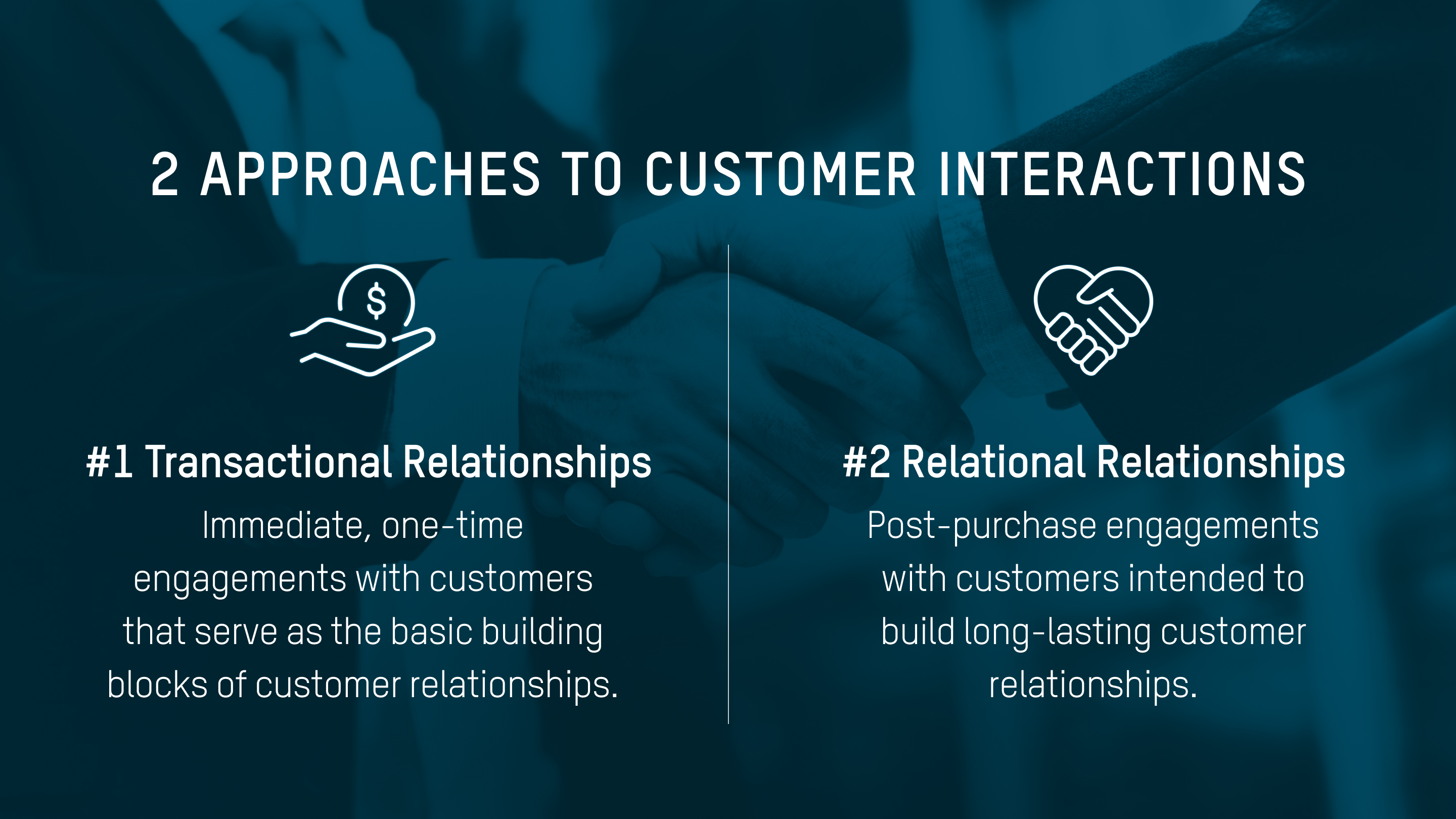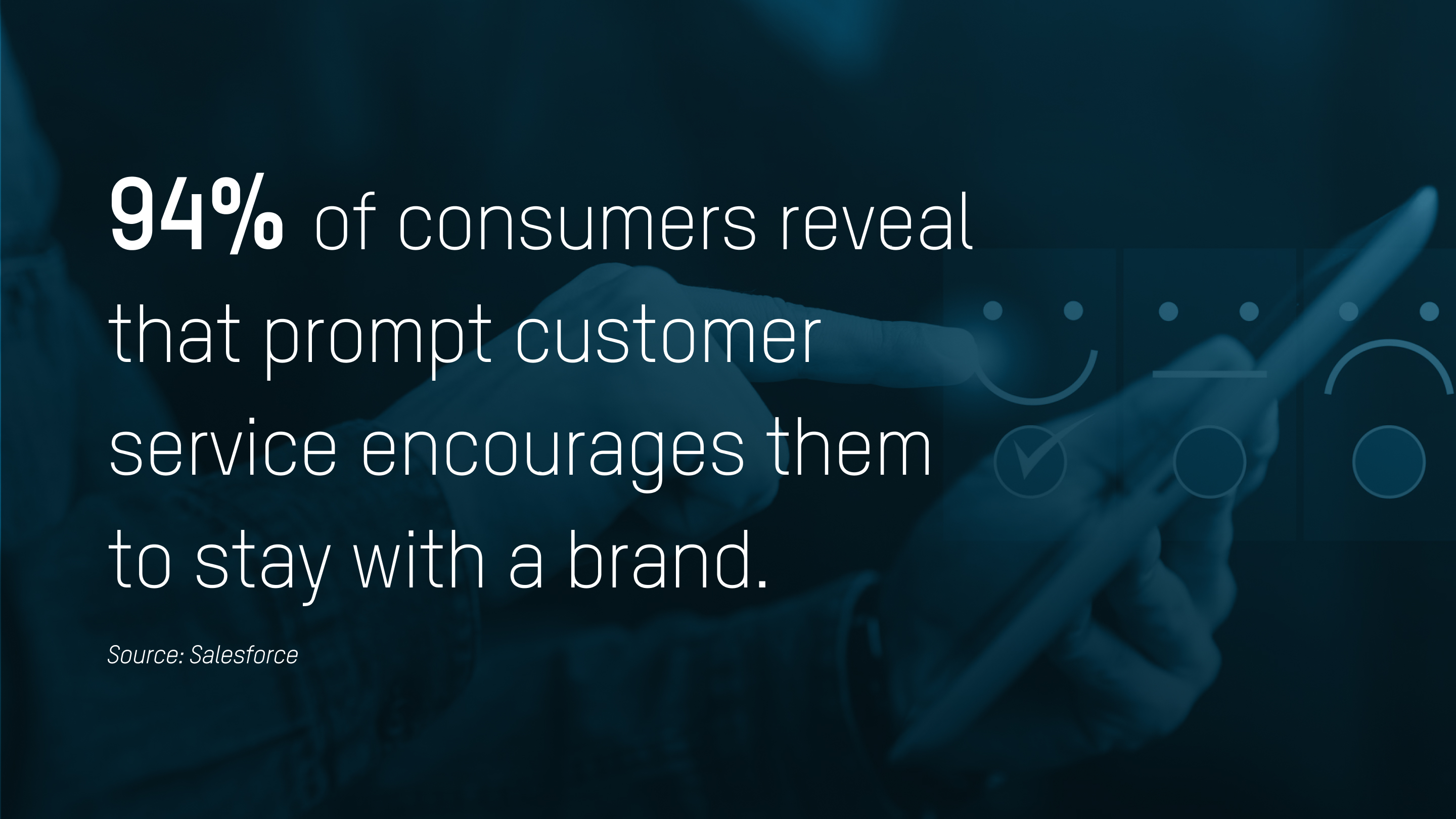Oftentimes, companies get entirely too caught up in the transactional side of things. As soon as a customer steps out of their store or bounces off their site after a successful purchase, they consider it a job well done. This happens to a lot of up-and-coming brands whose primary goal at the end of the day is to make sales. But it shouldn’t be all about growing profit; long-term success lies in one crucial thing—getting customers to come back.
Beyond Short-Term Wins
Relying solely on short-term gains won’t get a business very far. In reality, customers might not always return right after the first purchase, or they might lose interest after a few interactions—no matter how amazing the product or service is. The goal has to be, “How can I keep them?"
For one, customers need a reason to come back. It’s not always the quality, brand name, or price tag. It may be a few key things like a great connection, trust, or a strong sense of loyalty toward the brand. Today’s customers care more about their relationships with brands than the price or product itself. So a company’s ability to form lasting, meaningful, and personal connections with consumers is actually what seals the deal.
It Takes Two to Tango

Companies can interact with consumers in two different ways: transactional and relational. That’s not to say that one is more important than the other—both are vital to a business's success. The clincher here is that they must look at every transactional relationship as an opportunity for relational relationships.
But first, how are these two approaches different from each other? The first one is a short-term approach to customer relationships, focused on short-term benefits, such as immediate sales. In contrast, the relational approach is oriented towards long-term goals, aiming to establish long-lasting connections.
If a customer brings their car to a repair shop, gets it fixed, and pays for the service, the transaction is carried out and the relationship ends until the next issue comes up. This is an example of a transactional relationship. By definition, transactional relationships are quick, one-time engagements with customers. They’re brief and usually end once the transaction is completed.
Transactional relationships are usually the starting point of every customer relationship—buying an item, sending out a one-time request, or subscribing to a service. Primarily sales-focused, they’re intended to address specific consumer needs within a specific timeframe.
The second approach is relational. Relational relationships refer to anything that happens post-purchase. Say a customer signs up for a loyalty program and gets a free drink or a coupon on their next trip to the shop. They’re not a one-time thing; they require constant nurturing to get them coming back.
Relational relationships are more personal than they are transactional. The goal is to get to know customers better and offer value beyond their basic needs and wants in order to drive customer loyalty and improve customer retention.
True Path to Growth
Businesses should be able to move past simple transactions if they want to achieve long-term gains. The good thing is that they can easily turn transactional shoppers into relational buyers.
But how can relational relationships actually benefit businesses? First, they increase the chances of repeat purchases. When customers trust a brand, they’re likely to come back and repurchase—even if it means paying premium prices.
Honing in on relational relationships is also more cost-effective. Companies can save a few bucks by retaining existing customers, as acquiring new ones can be considerably more expensive. Additionally, businesses can make a legion of brand advocates from satisfied customers. This means they can conveniently capture new customers organically to reinforce their paid efforts.
The Transition Trail
The key to consumers’ hearts is knowing deep down what they need (and more). So to turn transactional relationships into relational relationships, companies need to interpret customer data in more meaningful ways. Building those long-lasting relationships begins with knowing consumers inside out—their behaviors, preferences, and purchasing habits—which only data can provide.
This information is what enables personalization: spot-on recommendations, timely emails, and experiences that feel tailor-made—all of which contribute to greater customer satisfaction, resulting in strong relational relationships. Because happy customers equal stronger connections (and higher revenue).

Being proactive is also necessary to make this happen. By this, we mean anticipating what consumers need before an issue even arises. This will increase the chances of customers staying because they feel valued and heard. In fact, 94% of customers stick around when they get prompt customer service, and 80% even forgive minor issues if businesses are responsive.
But responsiveness isn’t the only thing needed for relational relationships to happen. Consistency is also key. A seamless customer experience is so powerful that it can turn 89% of buyers into loyal customers. Consumers naturally find businesses that provide consistent experiences as reliable and trustworthy, fostering a sense of confidence and loyalty.
Ultimately, the key to marketing success is treating every customer interaction as a golden ticket to lasting customer relationships.



